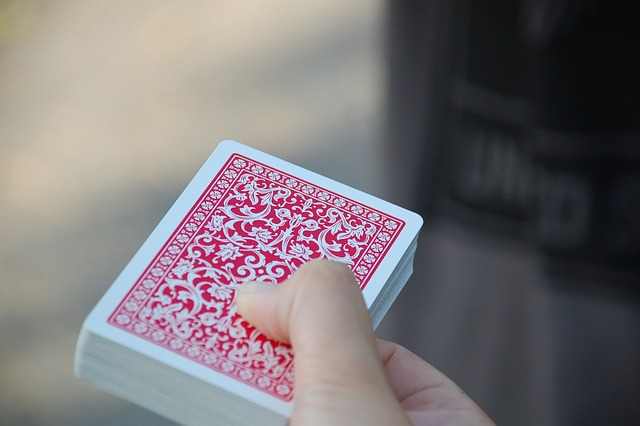In today's digital world, communication has transformed drastically. Text messages, emails, and social media posts are often short, fast, and sometimes emotionless. To bridge this gap, emojis have become a powerful tool. These tiny digital icons, ranging from smiley faces to animals, food, and symbols, help express emotions, tone, and intent in a way that plain text sometimes cannot.
Emojis originated in Japan in the late 1990s. The word “emoji” comes from the Japanese words “e” (絵, meaning picture) and “moji” (文字, meaning character). They were first introduced by Shigetaka Kurita, who wanted a simple way to convey information like weather, mood, and traffic in limited digital space. Since then, emojis have evolved into a global phenomenon.

Today, emojis are everywhere—used in text messages, tweets, captions, email subject lines, and even business marketing. According to studies, messages that include emojis often receive more engagement than those without. A simple “😊” can soften the tone of a message or make a conversation feel more personal and friendly. Emojis also help overcome language barriers. For example, a thumbs-up 👍 or a red heart ❤️ can be understood across cultures without the need for translation.
Emojis play a significant role in expressing emotions that might be difficult to convey through words alone. Sarcasm, humor, or sincerity can be hard to interpret in text, but an emoji can add clarity. For instance, “That’s great 🙄” gives a completely different impression than “That’s great 😊.” This emotional shorthand has made digital communication more nuanced and human.
However, emojis are not without their challenges. Cultural differences can influence how certain emojis are interpreted. A gesture considered friendly in one country might be offensive in another. Similarly, some emojis may carry double meanings or be used in playful, ironic, or even inappropriate ways. As emojis evolve, so do their meanings within different online communities.
The Unicode Consortium, a non-profit organization, manages the standardization of emojis. Each year, they release new emojis based on public proposals, trends, and global needs. This has led to more diverse and inclusive options, including skin tone variations, gender-neutral characters, and symbols representing disabilities.
Emojis are more than just fun—they’re a new form of communication. They allow people to show feelings, add humor, and create shared understanding in a digital space. Whether it’s a laughing face 😂, a crying one 😢, or a simple thumbs up 👍, emojis continue to shape the way we express ourselves online.
In conclusion, emojis are more than visual decorations—they are a vital part of modern digital language. As our ways of communicating continue to change, emojis will likely play an even bigger role in how we connect with one another.

 SURVEY
How Did You Hear About Us?
SURVEY
How Did You Hear About Us?





























Comments